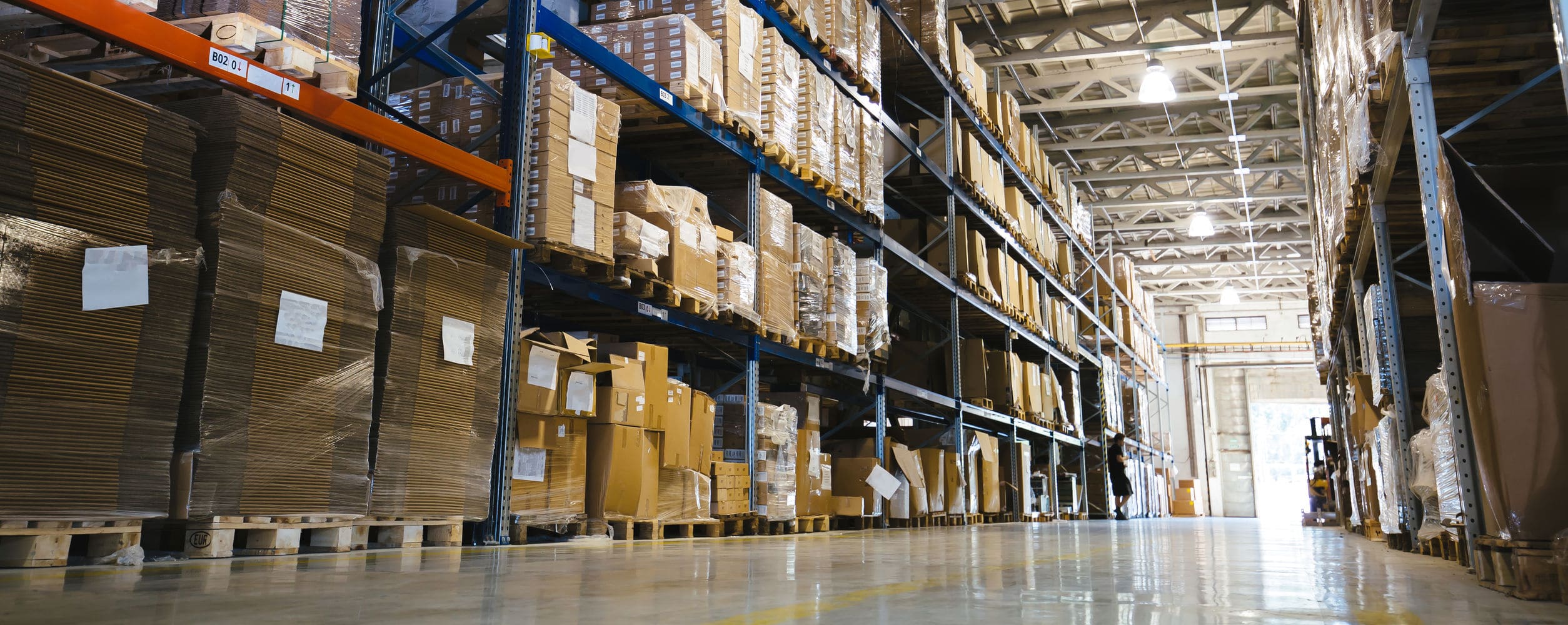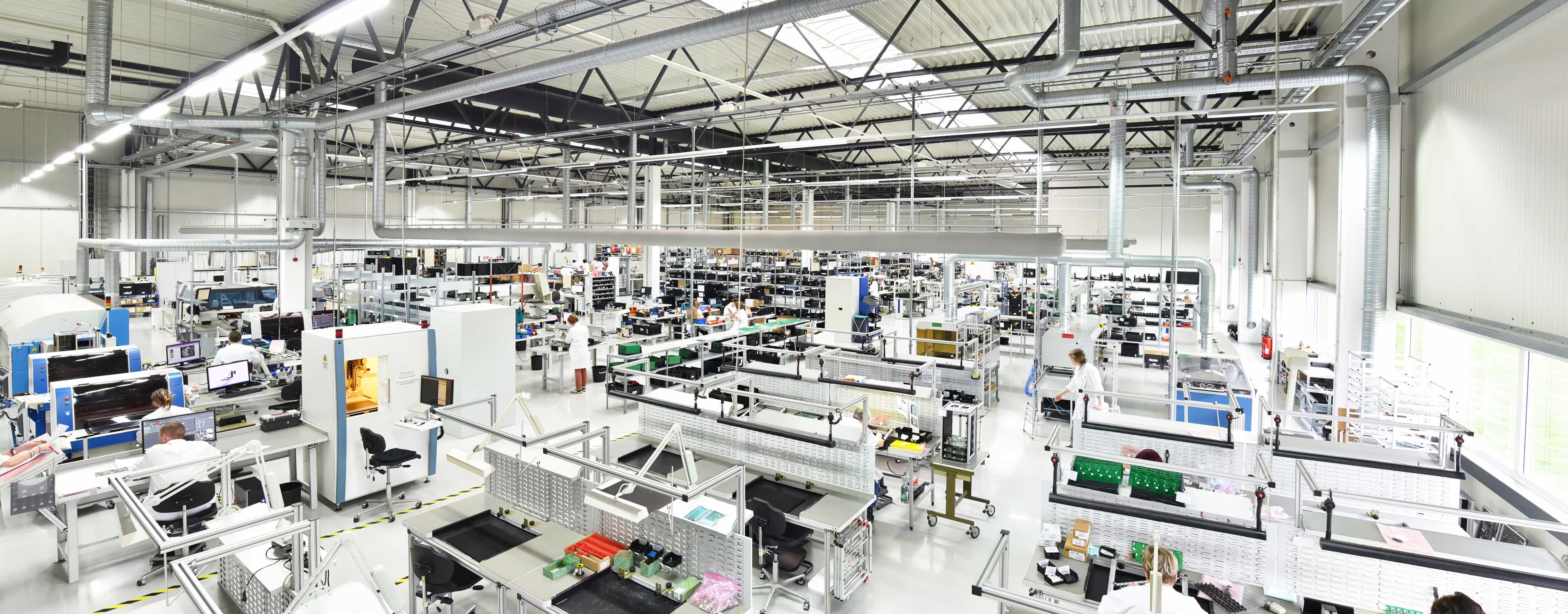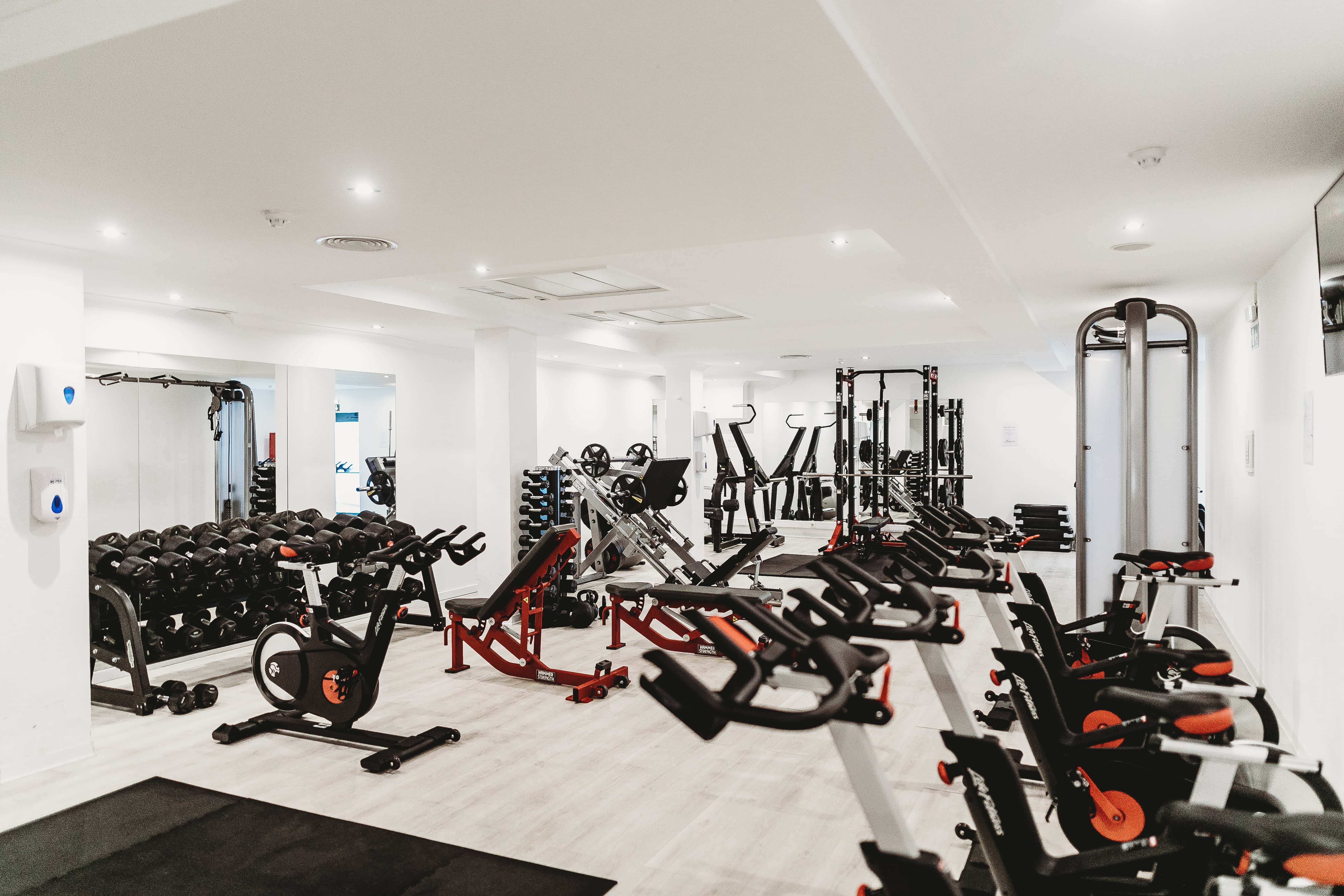In this final instalment of this series, we will look into the benefits that are achievable very soon after implementing Demand Driven Flow Technology (DDFT). After reading this final instalment you will be able to understand why DDFT will impact the health of your business.
If you haven’t read the first two instalments in this series you can read them here:
Part 1 – Initial introduction to Demand Driven Flow Technology
Part 2 – Discussed how new Demand Driven Flow-Based Measurement Systems need to replace traditional factory measurement systems.
Demand Driven Flow Technology Drives Dramatic Lead Time Reduction

In addition to the reduction of overall lead times, we also improve the level of response variability thereby achieving greater repeatability and consistency of lead times achieved through the facility. Consequently, as lead time achievement becomes repeatable, the overall planning process can then be improved with planners gaining confidence in the capability of their production lines to meet lead times standards. Lines with improved response capability are better able to respond to customer demand, and planners are better able to provide more accurate planned completion dates improving On-Time deliveries. With improved planning processes and response capabilities, the entire facility becomes more agile with the ability to adapt to changes in demand thus improving customer service levels.
Demand Driven Flow Technology Supports Working Capital (Inventory) Reduction
Reduced levels of inventory, as discussed in earlier Insights in this series, are achieved as a result of manufacturing lead time compression. With a DDFT mathematically calculated production flow line connecting the entire facility, the elimination of constant queuing the level of WIP within the facility will automatically reduce. As planners gain confidence in the improved response capabilities of the newly Demand Driven environment, they will then begin the process of reducing the level of Finished Goods inventories that are required to support customer demand.
As upstream lead times and response times from machine shops, fabrication departments and SMT lines are reduced, the level of inventory within the mathematically defined dynamic Material Replenishment system will be right-sized, which more often than not will reduce the levels of intermediate inventories required to support the main assembly environments. It is the case that sometimes this mathematically determined right-sizing of Kanban inventories may actually increase the levels of parts held. In these cases, it is simply due to the fact that previously available inventory didn’t support customer demand.

In the aforementioned implementation where a 98% reduction in lead time was achieved the overall level of WIP within the facility was reduced in the first month by 37% ($900k). Consequently, this reduction reduced the amount of floor space required to hold the inventory by 11%.
When such benefits attained through improved speed and response are then leveraged across the entire Supply Chain, optimized inventory requirements at each node of the Supply Chain can achieve strategic inventory reductions. A global Supply Chain implementation achieved a reduction in the average lead time of supply by 40% and increased on-time deliveries by 15% to generate a strategic working capital reduction of 55%. These overall improvements enabled a raw material inventory turns to be increased by 60%.
Productivity Improvement Through The Adoption of Demand Driven Flow Technology

Through the adoption of our toolset and the implementation of a mathematically designed Demand Driven facility, companies will achieve increased levels of productivity. Over the years we have seen productivity improvements range from 10% to over 50%, and manufacturing and service facilities increasing capacity by utilizing the same number of employees (or even less) than they previously had. Such gains in productivity are achieved through the elimination of waste and the definition of balanced work within the Demand Driven environment. With specific operational techniques that focus on flexible employees, we will increase productivity on any line.
In one of our implementations, output was increased by 20% within the first month with 24% fewer people working on the line, effectively a 58% improvement in productivity. Another implementation in the same factory increased output by 29% using the same number of people and again within the first month of implementation. These productivity savings led to a reduction in COGS, and an anticipated Income Statement benefit of $1.9million within the first year after all implementation costs had been deducted. The company also experienced a 36% reduction in lead time within the first month.
Following a 70% lead time reduction and 76% reduction in WIP, another company achieved a 41% improvement in productivity, increased capacity by 16% while reducing the headcount of temporary employees by 20%. These examples are very typical, and the common factor across all of Demand Driven Flow Technology implementations is that a standard framework is followed every time utilizing the specific tools and techniques we introduce to our customers through education.
Flexible Employees Improve Productivity
As discussed in Part 2 of this series, individual performance is no longer tracked when operating a Demand Driven Flow Technology line. Operators are no longer responsible for specific individual operations or machine(s), now they all work together as a team. As part of the overall Line Design, traditional workstations are replaced with new and balanced Demand Driven Operations. The line team can then be trained and certified to move up and down through the new operations, utilizing Dynamic Flexing.
Dynamic Flexing enhances productivity and occurs when an operator covers several operations on the line as opposed to one operator assigned to an individual workstation. It is almost impossible to have a truly balanced line where all operations have the same amount of work content. So what we find is that even though the line is balanced to customer demand, operations will have a differing amount of work content time and operators on the line will then flex when they can no longer work in their current operation. If this was the case on a traditional line with dedicated operators to individual operations, some would find they have a portion of non-productive time while they wait for work to arrive from the previous operation. Alternatively, if WIP was available from the upstream workstation, the operator would continue to overproduce even though the next operator in the line may not even be ready.
On a Demand Driven production line, the number of operations will be greater than the number of operators running the line. Once the operator has completed the required work and quality tasks in a DDFT Operation, they will then flex to another operation where they can continue to work, reducing non-productive time and improving productivity. With specific tools in place, the flow of product on the line will be restricted ensuring that signals to produce in a given operation only occur when the downstream operation has actually consumed the previous product from the upstream operation. Utilization of Dynamic Flexing techniques on the DDFT line not only improves the level of productivity, but it also provides a means to eliminate over-production and reduces both WIP and quality exposure.
These improvements are only possible through the mathematically-based toolset which is crucial to Demand Driven Flow Technology. It creates a design for the production environment and utilizes the most flexible resource a company has, its people.
Demand Driven Flow Technology Benefits The Health of Your Business
The utilization of Demand Driven Flow Technology as a business strategy will enhance profitability by leveraging the increased speed and response throughout the factory and the global supply chain.
We find that customer satisfaction levels are improved on average by 9% through reduced repeatable response and improved on-time deliveries. Average lead time compression of 49% is achieved by enabling the flow of product along a balanced flow line, eliminating blockages and other instances that previously hindered supply, such as material shortages. Working capital reductions of 41% on average are achievable through the capability and flexibility of Demand Flow lines to respond to customer demand. An average improvement of 8% in the Cost of Goods Sold is achieved through average productivity gains of 20% and the focus on flexible employees.
In addition to sustainable and scaleable bottom-line benefits, a Demand Driven Flow Technology organization will achieve a greater competitive advantage and an increased market. After a business significantly reduces lead times and can produce more products on a given day with a more productive workforce, competing companies have few options available to them. They can tie up more working capital in additional inventory, increase levels of overtime, or hire additional employees. However, after reading about how Demand Driven Flow Technology impacts the health of your business, you know the best option is to implement Demand Driven Flow Technology.
For further information or to inquire how you can implement Demand Driven Flow Technology, please email us at info@highimpactcs.com or send a message via our contact page.

Further Information
Previous High Impact Insights:
- What is Demand Driven Flow Technology
- What is The Difference Between Lean and Demand Driven Flow Technology?
- Benefits Achieved by Our Clients
- What is DDMRP?
- MRP – Solution or Problem
- Adapt or Die – Become Demand Driven
- Supply Chain Brain: DDMRP as an Emerging Disruptive Supply Chain Capability
- What Does VUCA Mean?
Overview of High Impacts’ Demand Driven strategies that will transform your factories and supply chain network:
LinkedIn Information:
Talk to us today to learn more about how we can help your organization become Demand Driven through adoption of our Demand Driven methodologies, DDMRP and Demand Driven Flow Technology.
Newsletter Sign-Up
Keep up-to-date on with what’s happening in our Demand Driven World. Get information manufacturing and supply chain topics as well as news on client achievements, up and coming training events and other interesting stuff!




